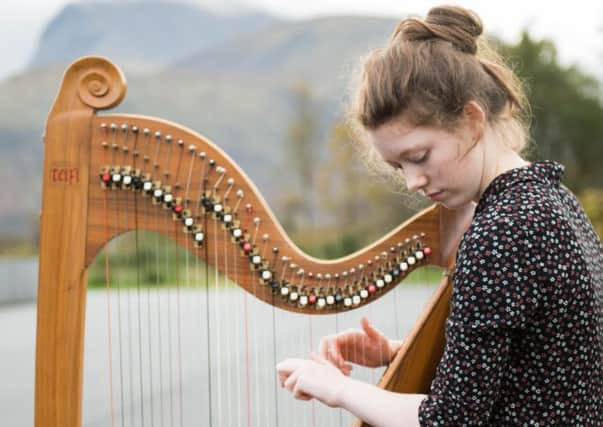Record numbers celebrating Gaelic culture at the Mòd


Here Historic Environment Gaelic Officer Ruairidh Graham gives a short history of The Mòd and some insight into the eight-day celebration of Gaelic culture.
The Royal National Mòd, often known simply as The Mòd, is an eight day festival of Gaelic music, art and drama. It is held in a different Scottish town every year, and celebrates Scottish Gaelic’s creative heritage and traditions.
Advertisement
Hide AdAdvertisement
Hide Ad

The first half of the week is dedicated to school competitions, while the second half is for adults. It draws in fluent and learner Gaelic speakers alike, with a host of other interested and curious attendees.
How did the Mòd start?
In 1891, An Comunn Gàidhealach (The Association of Gaels) was established in Oban to help preserve and develop of the Gaelic language. They founded The Mòd in the same year as a way to celebrate Gaelic literature, history, music and art.


Since then The Mòd has run every year with the exception of wartime periods. It has been hosted in 28 locations, from Stirling to Sutherland.
The main event is competition and performance based, and is modelled closely on the National Eisteddfod festival in Wales. It has over 200 competitions, ranging from traditional instruments like accordion, fiddle and piping, to solo Gaelic singing and choir competitions.
Advertisement
Hide AdAdvertisement
Hide AdEach competition is judged by a panel of experts, and marks are awarded on musicality and Gaelic fluency. The winners of high profile competitions such as the Silver Pendant or the prestigious Gold Medal perform at a nightly concert broadcast on Gaelic radio and television.
What’s special about this Mòd?
Well, 2017 is the first time that the Mòd has been back in Fort William for a decade. It has clocked a record number of competitors, with over 3,600 people taking part over 8 days.
As with many festivals, there is also plenty to do and see as part of the festival’s fringe programme. This includes cèilidhs, workshops, lectures and guided walks around the surrounding area. There was also an international Shinty vs Hurling match, with Scotland taking on Ireland and winning on Saturday!
BBC Alba and Radio nan Gàidheal have roundup coverage every night from 10pm.
-This article first appeared on the Historic Environment Scotland blog
